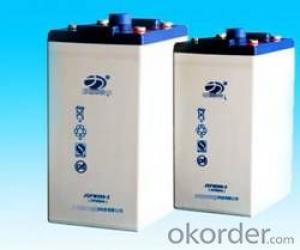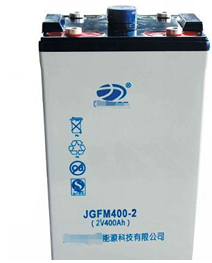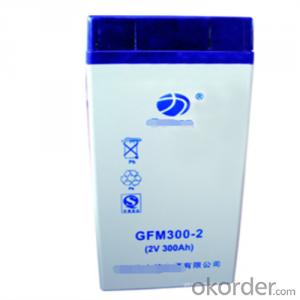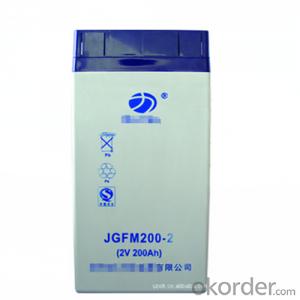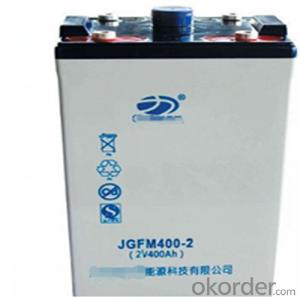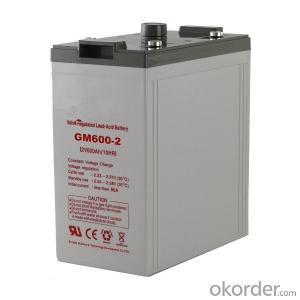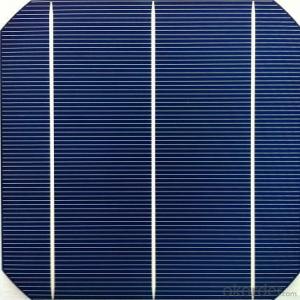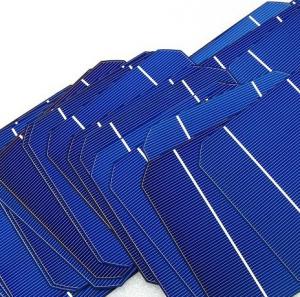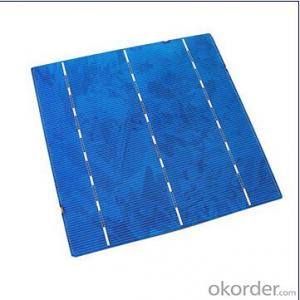Micro Solar Cells Colloid Storage Battery JGFM Series 2V 100AH ~ 3000AH
- Loading Port:
- China main port
- Payment Terms:
- TT OR LC
- Min Order Qty:
- 1 pc
- Supply Capability:
- 100000 pc/month
OKorder Service Pledge
OKorder Financial Service
You Might Also Like
Structure of Product Descrtiption
What is the product?
· Precision explosion relief valve shall be adopted
· Advanced wrapping technology and assembly technology
· Designed life is fifteen years,excellent performance of battery in low temperature and superiority in consistence and stability
· Can be used at vertical or horizontal orientation
· Balanced design for both floating and cyclic operation
· Low self-discharge rate and long shelf life
· Connecting terminal adopts stainless steel bolt,thus it has the characteristics of high strength and non-deforming
· Design with patented corrosion resisting alloy and thickened plate
What is the purpose of the product?
· Data Centre (High Rate UPS)
· Telecommunication
· Banks & Financial Centre
· Hospital& Testing Laboratories
· Power Generation Plants
· High Power Backup Supply
· Design with patented corrosion resisting alloy and thickened plate
What advantages do products have ?
· Stable quality&high reliability
· Sealed construction
· Environmentally friendly
· Maintenance-free operation
· Low pressure venting system
· Heavy duty grid
· Low self discharge
Main feature of the product:
*safety and reliable
*environmental friendly and fast delivery
*low self diacharge
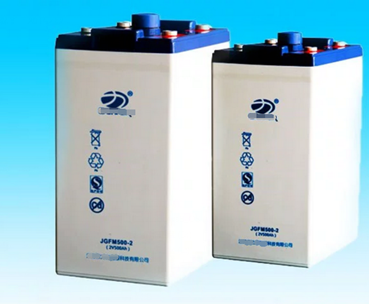
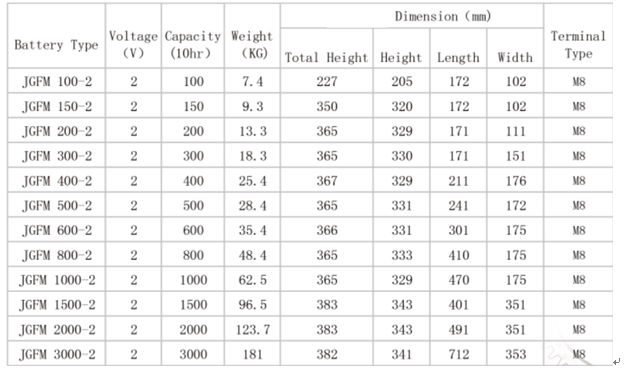
FAQ:
*Question:How do you pack your products?
Answer:We have rich experience on how to pack the panels to make sure the safety on shipment when it arrives at the destination.
*Question:Can you do FOB for us?
Answer:Yes, we can do it for you .
*Question:How long can we receive the goods after purchase?
Answer:In the purchase of product within three working days, We will arrange the factory delivery as soon as possible. The perfect time of receiving is related to the state and position of customers. Commonly 7 to 10 working days can be served.
- Q: How do solar cells contribute to reducing greenhouse gas emissions?
- Solar cells contribute to reducing greenhouse gas emissions by generating electricity from sunlight, a renewable and clean source of energy. By harnessing solar power, solar cells eliminate the need for conventional fossil fuel-based electricity generation methods, such as burning coal or natural gas, which release large amounts of greenhouse gases into the atmosphere. Therefore, the widespread adoption of solar cells helps decrease our dependence on fossil fuels, mitigates climate change, and contributes to a more sustainable future.
- Q: Are solar cells affected by temperature?
- Yes, solar cells are affected by temperature. High temperatures can cause a decrease in the efficiency of solar cells, resulting in a decrease in their power output. This is due to the fact that the performance of the semiconductor materials used in solar cells can degrade at elevated temperatures. Additionally, temperature variations can also lead to thermal stress, which can impact the structural integrity of the solar cells.
- Q: How do solar cells handle snow or ice buildup?
- Solar cells do not handle snow or ice buildup well. When covered by snow or ice, solar cells are unable to absorb sunlight effectively, leading to reduced energy production. To prevent this issue, solar panels are often installed at an angle, allowing snow and ice to slide off more easily. Additionally, some solar systems use heating elements to melt snow or ice that accumulates on the panels.
- Q: Can solar cells be used in military vehicles or equipment?
- Yes, solar cells can be used in military vehicles or equipment. They provide a sustainable and efficient power source, reducing the reliance on conventional fuels and batteries. Solar cells can be integrated into various military applications, such as powering communication systems, surveillance equipment, or even charging portable devices. Their use enhances operational efficiency, reduces logistical burdens, and promotes environmental sustainability.
- Q: Can solar cells be installed on any type of roof?
- Solar cells can be installed on most types of roofs, including flat, sloped, and even curved roofs. However, the feasibility and efficiency of installation may vary depending on factors such as roof orientation, shading, structural integrity, and local regulations. It is advisable to consult with a professional solar installer to determine the suitability of your specific roof for solar panel installation.
- Q: What is the environmental impact of solar cell production?
- The environmental impact of solar cell production is generally considered to be lower compared to other forms of energy production. While the production of solar cells does require the extraction and processing of raw materials, such as silicon, the overall carbon footprint and pollution associated with solar panel manufacturing is significantly lower compared to fossil fuel-based energy sources. Additionally, solar panels have a long lifespan and produce clean, renewable energy once installed, which helps offset the initial environmental impact of their production.
- Q: Can solar cells be used in harsh climates?
- Yes, solar cells can be used in harsh climates. While extreme temperatures, snow, and dust can potentially affect the efficiency and performance of solar cells, advancements in technology and design have made them more resilient. Specialized coatings, materials, and mounting systems are employed to protect solar cells from harsh weather conditions. In fact, solar panels are increasingly being used in various extreme climates around the world, including deserts and polar regions, proving their adaptability and effectiveness even in challenging environments.
- Q: How do solar cells impact wildlife?
- Solar cells have a minimal impact on wildlife compared to other forms of energy generation. While the installation and maintenance of solar panels can disrupt local habitats temporarily, once operational, solar cells do not produce air or water pollution, noise, or hazardous waste that could harm wildlife. Additionally, solar farms can provide valuable habitats for certain species, as the spaces between panels can be used for vegetation growth. Overall, solar cells are considered a much cleaner and safer energy option for wildlife compared to traditional fossil fuels.
- Q: How is the solar cells factories working in China? Do they follow certain quality standards?
- Of course, the follow the quality assurance standard, and in fact, they are as good as the solar cell factories in US.
- Q: How can I describe solar cells in a simple way?
- The batteries used on the solar panel.
Send your message to us
Micro Solar Cells Colloid Storage Battery JGFM Series 2V 100AH ~ 3000AH
- Loading Port:
- China main port
- Payment Terms:
- TT OR LC
- Min Order Qty:
- 1 pc
- Supply Capability:
- 100000 pc/month
OKorder Service Pledge
OKorder Financial Service
Similar products
Hot products
Hot Searches
Related keywords
